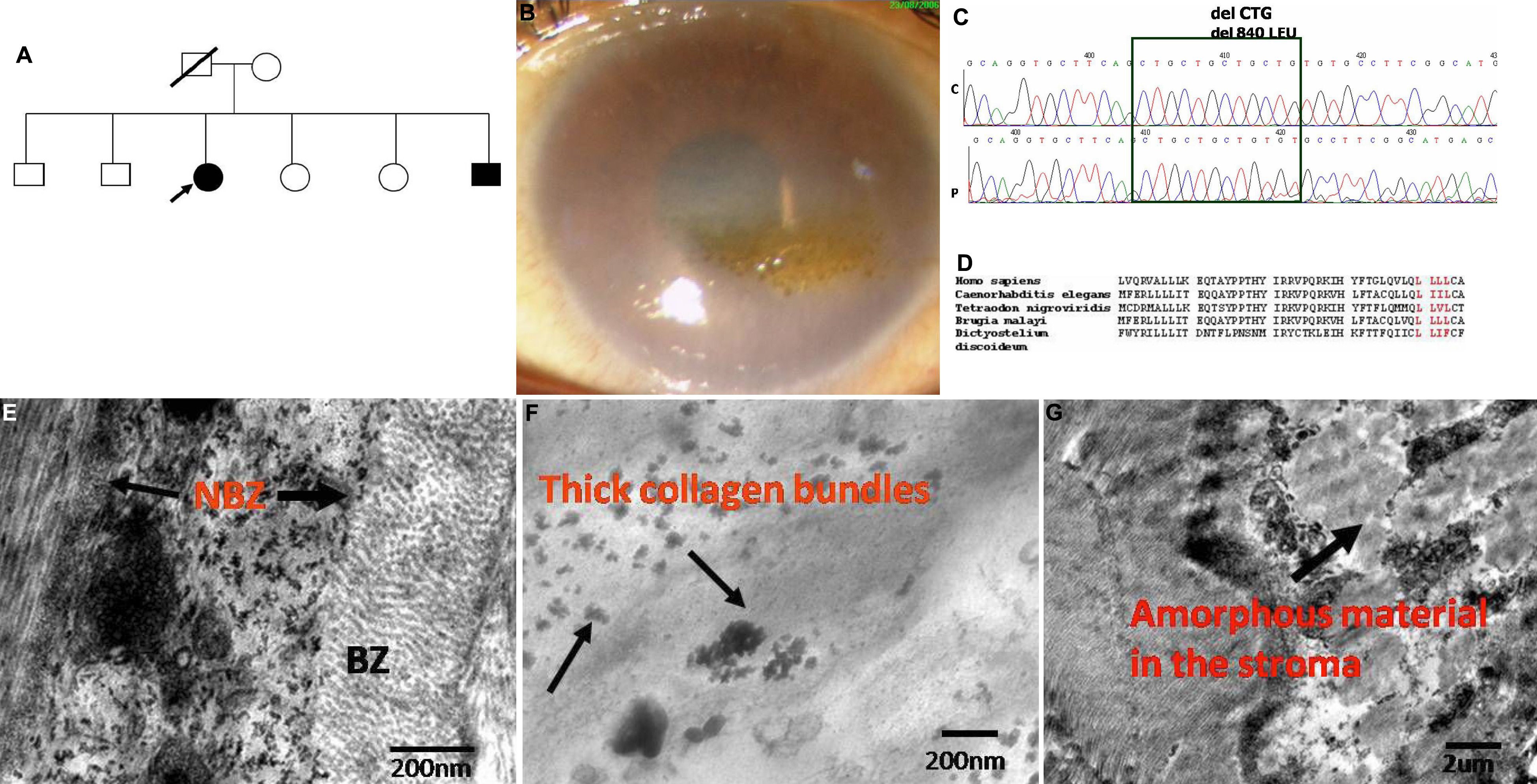Figure 1. Genotype-phenotype features of
the novel SLC4A11 deletion mutation. A: Pedigree of the
family showing a novel deletion mutation of one of the four leucine
residues c2518-c2520 del CTG in the exon 18 of Solute Carrier Family 4
(sodium borate co-transporter) member 11 (SLC4A11). Filled boxes
represent affected individuals. Open boxes represent unaffected
individuals. Arrow indicates the proband. B: Slit lamp
photomicrographs of the affected individual harboring the novel
mutation. The representative clinical photograph shows the presence of
marked stromal haze and spheroidal degeneration in the right eye of the
proband. C: Partial nucleotide sequence of SLC4A11. The
chromatogram of the patient (P) is shown in comparison to control (C).
The block marks the four CTG repeats in the control and only three in
the patient. The homozygous deletion of CTG residue in the patient can
be noted. D: Multiple sequence alignment of SLC4A11
gene from different species. The amino acid leucine (L) at positions
840–843 is conserved over a range of species in the course of
evolution, which are highlighted in red. E: Transmission
electron micrographs of the affected patient harboring the novel
mutation. E: Transmission electron micrograph showing
Descemet’s membrane of the CHED2 patient. Descemet’s membrane is
thickened, with a normal anterior banded zone and a thickened posterior
banded layer (Scale bar 2 μm). F: This panel represents a
magnified view of part of the posterior banded layer showing presence
of thick collagen bundles indicated by the arrows. G: The
disorganized corneal stroma can be noted along with the presence of
amorphous material. (Scale bar 2 μm).

 Figure 1 of Paliwal, Mol Vis 2010; 16:2955-2963.
Figure 1 of Paliwal, Mol Vis 2010; 16:2955-2963.  Figure 1 of Paliwal, Mol Vis 2010; 16:2955-2963.
Figure 1 of Paliwal, Mol Vis 2010; 16:2955-2963. 